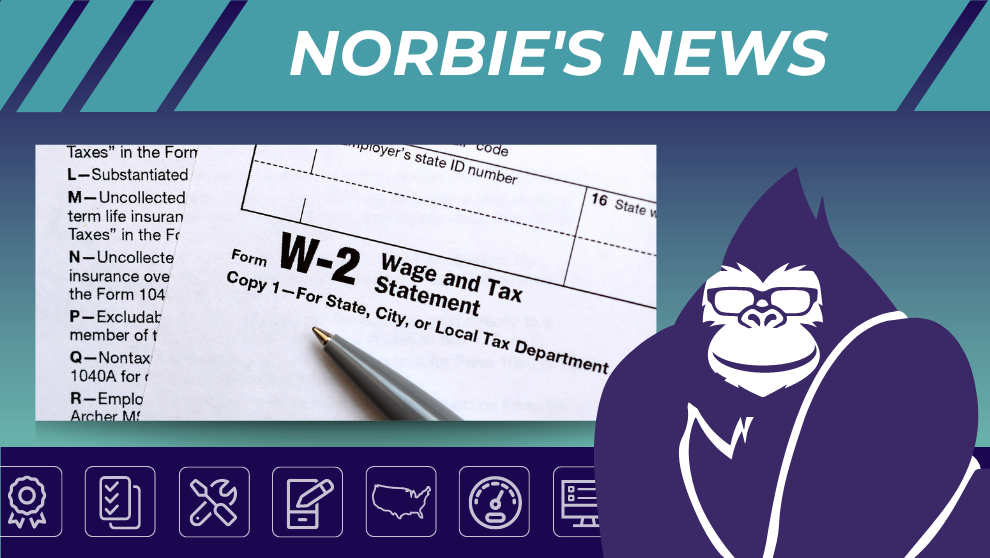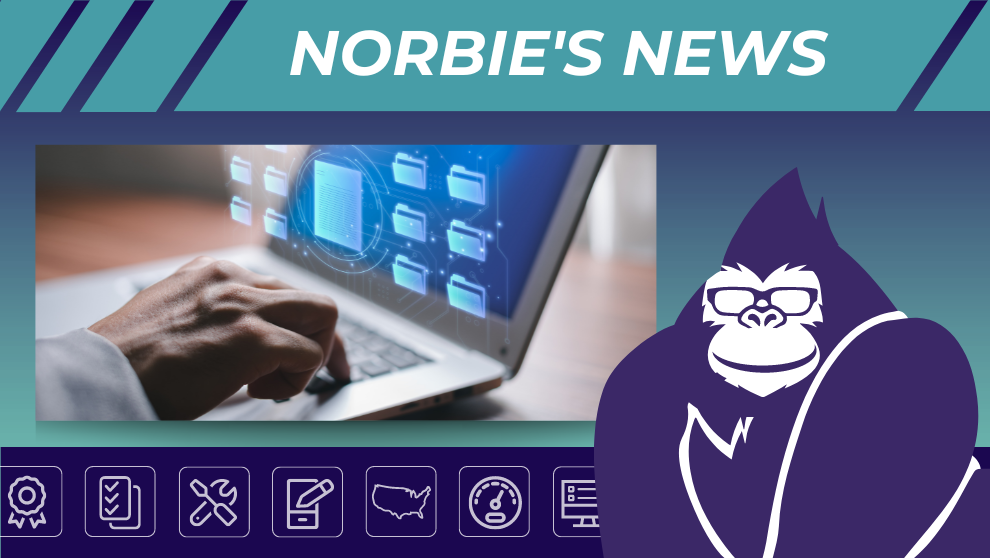
How Tech Is Driving Up Contractor Liability Claims
SHARE STORY
By Paul Hohlbein, Co-President
Contractors are increasingly incorporating advanced technology—such as artificial intelligence, automation, and smart construction tools—to enhance safety, improve efficiency, and reduce job site risks. Conventional wisdom suggests that these innovations should lead to fewer accidents, lower insurance claims, and ultimately reduce liability for contractors. For instance, a report by Deloitte indicates that 37% of construction businesses are now using AI and machine learning technologies, up from 26% in 2023, reflecting a significant increase in digital adoption within the industry.
However, emerging evidence indicates that these technological advancements may be shifting, rather than eliminating, liability risks. In some cases, automation and data-driven tools are creating new avenues for legal exposure, leading to more complex and costly claims. This article explores how these technologies influence contractor liability and what it means for risk management in the construction industry.
Evolving insurance policies and safeguards against cyber and AI-driven risks are essential. The bottom line? Smart construction demands smarter risk management—because tech-driven liability isn’t going away.
How AI and Automation Are Shifting Liability
The construction industry is undergoing a significant transformation with the integration of artificial intelligence (AI) and automation technologies. According to a 2024 GlobalData World Construction Network survey, almost two-thirds of construction workers globally believe AI is already having a noticeable impact on their industry or will do so within the next five years. These advancements aim to enhance productivity, improve safety, and address labor shortages. However, they also introduce new complexities in determining liability when incidents occur.
The Rise of Smart Construction
- AI-Powered Project Management and Robotics: AI-driven systems optimize cost estimation, scheduling, and risk assessment, while robotics automate tasks like bricklaying and concrete dispensing, reducing human error and improving efficiency.
- Introduction of New Liabilities: While automation minimizes human mistakes, it introduces risks such as manufacturer defects, programming errors, and system failures. If AI provides faulty data or recommendations, determining liability becomes complex.
Who’s to Blame? Shifting Liability in Automated Construction
- Complex Accountability: Traditional liability falls on workers, but with AI and automation, responsibility may shift across multiple parties, including contractors, software developers, and equipment manufacturers.
- Multi-Party Litigation: Automated system failures can result in lawsuits involving multiple entities, increasing legal complexity, settlement costs, and insurance premiums, requiring contractors to reassess their coverage strategies.
As AI and automation become more prevalent in construction, stakeholders must proactively address these emerging liability challenges through updated contracts, thorough risk assessments, and collaboration with insurers to develop appropriate coverage solutions.
The Legal Risks of Surveillance in Construction
In the modern construction landscape, contractors are increasingly adopting technologies such as drones, wearables, and smart sensors to monitor worker safety and site conditions. A 2020 article from the American Bar Association highlights that these devices, while enhancing safety protocols, also collect extensive data that can be leveraged in legal proceedings.
The Rise of Smart Construction
- Advanced Monitoring Tools: Technologies like drones, wearable devices, and smart sensors are now commonplace on construction sites, providing real-time insights into worker movements, equipment usage, and environmental conditions.
- Potential Legal Risks: While these tools help prevent accidents, the data they collect can also serve as evidence in liability claims. Surveillance footage or sensor logs may reveal safety violations, potentially supporting allegations of negligence.
Who’s to Blame? Shifting Liability in Automated Construction
- Subpoenaed Digital Records: Data from surveillance systems, AI safety logs, and wearables can be subpoenaed in lawsuits. Insurers and attorneys may use it to establish timelines, uncover safety lapses, or prove non-compliance, increasing liability risks.
- Increased Financial Exposure: The availability of detailed digital records can lead to more substantial settlements or judgments against contractors, as the evidence may clearly depict failures to adhere to safety standards.
As the construction industry continues to integrate surveillance and automation technologies, contractors must recognize the dual role of data as both a protective measure and a potential liability. Implementing comprehensive data management and compliance strategies is essential to mitigate legal risks associated with these advancements.
Emerging Liabilities of a Digitized Construction Industry
The integration of advanced technologies in construction has revolutionized operations, enhancing efficiency and safety. A notable example is the adoption of Building Information Modeling (BIM), which has improved collaboration among project teams, leading to more efficient project delivery. However, these innovations also introduce new risks, such as cybersecurity threats and equipment malfunctions, that contractors must navigate to avoid potential liabilities.
The Rising Cyber Risks for Contractors
- AI-Powered Project Management and Robotics: AI-driven systems optimize cost estimation, scheduling, and risk assessment, while robotics automate tasks like bricklaying and concrete dispensing, reducing human error and improving efficiency.
- Introduction of New Liabilities: While automation minimizes human mistakes, it introduces risks such as manufacturer defects, programming errors, and system failures. If AI provides faulty data or recommendations, determining liability becomes complex.
Software Failures and AI Malfunctions
- Risks of Faulty Algorithms: AI-powered safety tools are designed to enhance hazard identification and data analysis. However, if these systems malfunction or provide inaccurate data, they can lead to accidents and subsequent liability claims.
Regulatory Changes & Compliance Challenges
- Evolving OSHA Standards: OSHA is updating compliance requirements to align with technological advancements, including new 2025 regulations to enhance worker safety and reduce accidents.
- Multi-Party Litigation: Contractors who fail to keep up with these changes could face fines, penalties, and liability claims for non-compliance.
To mitigate these emerging risks, contractors should implement robust cybersecurity measures, ensure the reliability of AI systems, and stay abreast of evolving regulatory requirements. Proactively addressing these challenges is essential for maintaining operational integrity and minimizing potential liabilities in the era of smart construction.
Conclusion
As technology reshapes construction, contractors must adapt to new liability risks. AI, automation, and smart monitoring enhance efficiency and introduce complex claims, cyber threats, and regulatory challenges. To stay protected, firms need proactive risk management. Evolving insurance policies and safeguards against cyber and AI-driven risks are essential. The bottom line? Smart construction demands smarter risk management—because tech-driven liability isn’t going away.
Paul Hohlbein is the co-president of Builders & Tradesmen’s Insurance Services, Inc., an Amynta Group Company.
Builders & Tradesmen’s Insurance Services Inc.
BTIS is committed to providing robust, individualized products and the highest level of service. Our easy-to-use commercial insurance platform, educational tools, and helpful underwriters make it simple for producers to diversify their books of business by expanding their product portfolios.
Part of the Amynta Group, BTIS is a nationwide insurance intermediary with a small-business attitude. We believe in building solid relationships through communication and a genuine concern for the success of our retail broker clients and the policyholders they serve.
For additional information, visit www.btisinc.com or call (877) 649-6682


